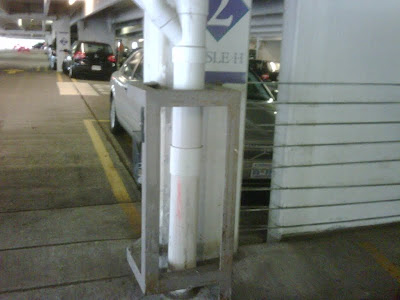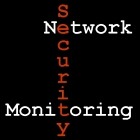Draft Version of New Keeping FreeBSD Applications Up-To-Date

This is a follow-up to my recent post Draft Version of New Keeping FreeBSD Up-To-Date . I updated the draft Keeping FreeBSD Up-To-Date document at http://www.taosecurity.com/kfbutd7.pdf to include new sections on building a kernel and userland on one system and installing on another, and upgrading from one major version of FreeBSD to another via binary upgrades (e.g., 7.1 to 8.0 BETA3, since that just became available). I have also published another draft document titled Keeping FreeBSD Applications Up-To-Date at http://www.taosecurity.com/kfbautd7.pdf . That is a follow-up to my 2004 article of the same name that use FreeBSD 5.x for the examples. The new document includes the following. Sections: --------- Introduction FreeBSD Handbook A Common Linux Experience Simple Package Installation on FreeBSD Checking for Vulnerable Packages with Portaudit FreeBSD Package Repositories Updating Packages by Deletion and Addition Introducing the FreeBSD Ports Tree Updatng the FreeBSD Ports Tr...













